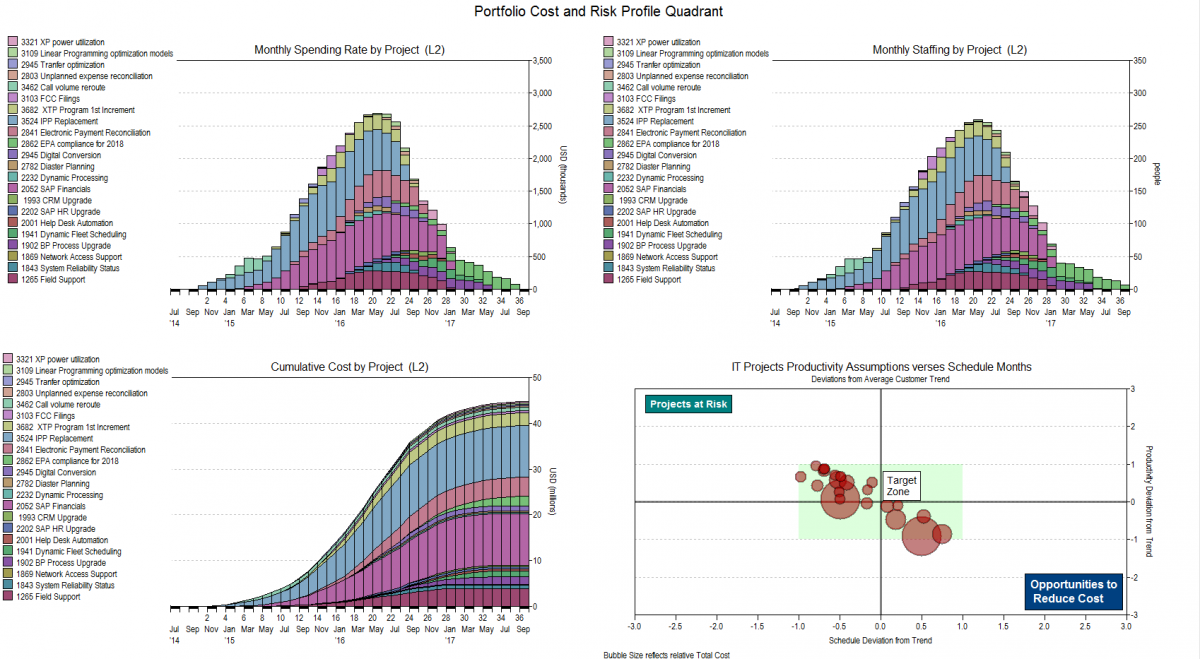Mike Harris at the Davis Consulting Group blog links to a 2014 list of 11 Essential Programming Languages from Baseline Magazine:
If you want to learn about the hottest programming languages today, don't miss this list from IEEE Spectrum. This respected organization, which has 400,000 members and is considered the world's largest association of technology professionals, enlisted the services of Nick Diakopoulos, a well-known computational journalist and assistant professor at the University of Maryland, to compile the language rankings. Diakopoulos proceeded by weighing and combining 12 metrics from 10 sources, including IEEE Xplore, Google and GitHub. The result is a compilation of languages that cover big data analytics, graphics, system administration, network programming and virtually every other tech-supported function.
IEEE’s interactive list, which you can explore here, generates customized rankings for various sectors (Web, embedded, enterprise). In evaluating the results, it makes sense to ask, “What makes a programming language, ‘essential’?” Language popularity can be measured several ways:





